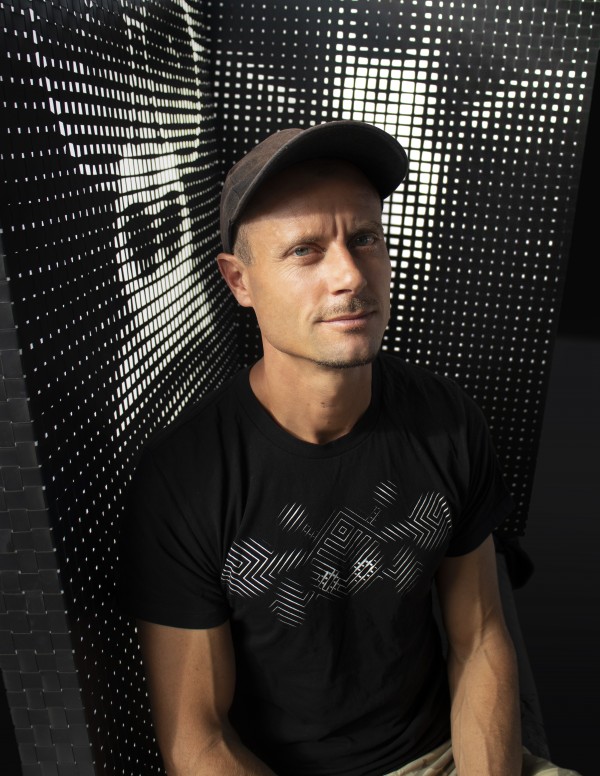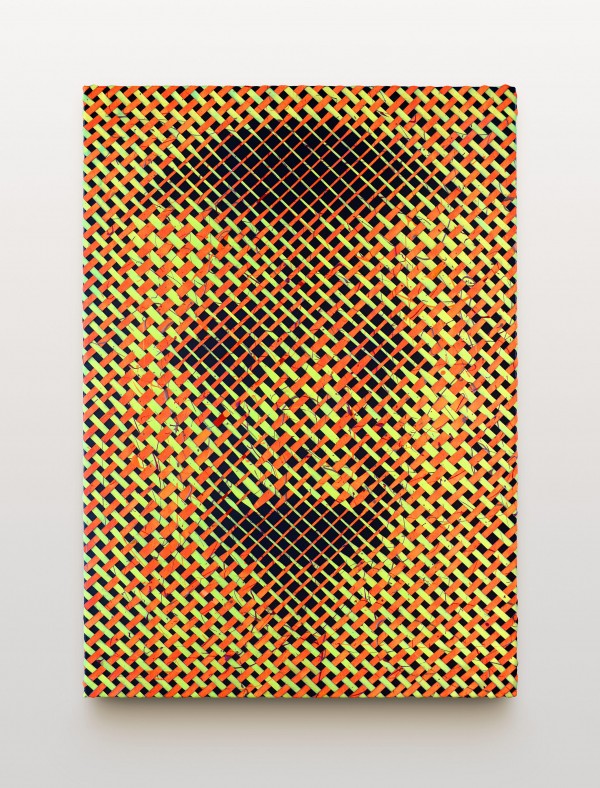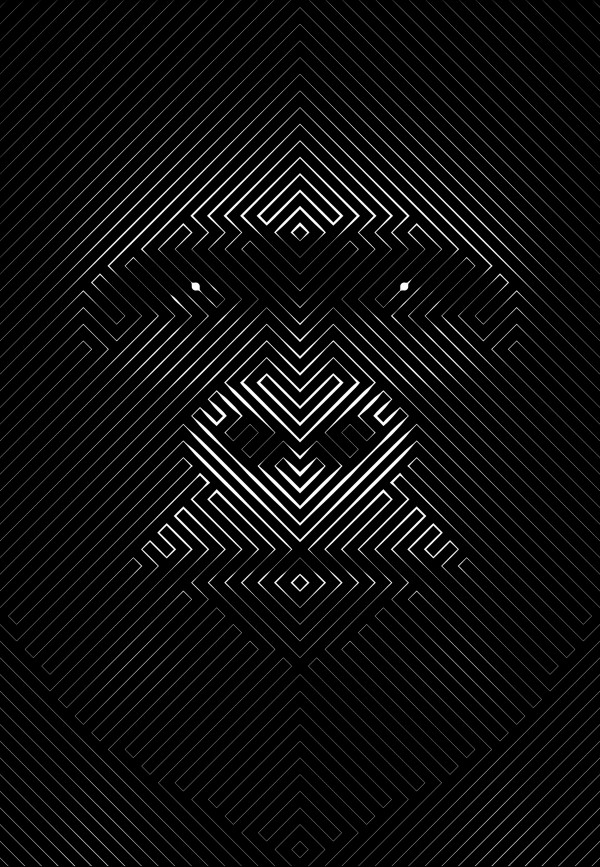In conversation with Tim Christie on all things art
Inspired by what he calls ‘serious play’, this award-winning Wellingtonian has carved out a niche in the art world with his digitally generated visual art. Described as a modern synthesis of Op Art, Pop Art, Street Art, Geometric Expressionism and De Stijl, his art, also known as ‘light works’ evoke a hypnotic reaction with their anatomical mystery and blending of mediums. Remix editor Amber caught up with the artist to discuss how he fused an age-old tradition with modern technology to make his mark on the world.

Describe your work in three words...
Hypnotic, vibrant, pulsating.
How did you discover this medium of art and has it evolved from your original works?
My desire to explore light as a medium was a natural progression from earlier digital works and paintings. The idea of ‘contrast’ is an important feature in my work. The mesmerising effect of black and white lines in close proximity creates a real rhythm and energy, a vibrational quality. I was pondering ‘How do I push this even more. Is there anything that contrasts more than black and white?’ Then it occurred to me, black and light. Visually it’s the most extreme contrasting effect you can achieve within a piece of art. Why do they dim the lights in a cinema? You’re sitting in blackness looking at a glowing screen so the effect ramps up the intensity. This is what I’ve done with my light art and it’s been amazing to see people captivated by these works.
They're clearly intricate... How long does it take you to create one piece?
They are and they take a long time. The handwoven pieces are particularly time-intensive. It’s varied and multi-phased so it’s hard to put a number on it.

What’s involved? What’s the process?
Each work includes a number of stages that start initially with imagining a concept and an idea of the size and material specification. Using photographic imagery, retouching and illustration I bring the idea to life as digital art. This is then manipulated into linear forms and reproduced via high-quality digital printing, cut into strips to be hand-woven or some other technical process. The light works are formed around custom-built opal acrylic boxes housing LED lighting circuits. In most of my pieces, the lighting can be controlled with a remote so owners can select from pure white light to a spectrum of colours and a number of different lighting modes. I have specialists to help me construct them and form the various components at different stages.
What do you want your works of art to do, or say to viewers?
I’m interested in exploring anatomical forms like faces. I like to accentuate the symmetry of the faces to reinforce the patterning and rhythmical characteristics of my work. Many are anthropomorphic, combining human and animal forms. I find these fascinating, the notion of putting a wolf in a suit, a combination of two powerful symbols in a radiating piece of art conjures something that feels super authoritative, even imposing. When I first exhibited I wasn’t sure how audiences would react, but my first exhibition was sold out which gave me a lot of confidence and early momentum. We live in an increasingly blended, cross-pollinated world in which diversity is celebrated and anything goes. Conventions and old-world mindsets are being constantly challenged. But where my work really stands out is the synthesis of design, art and technology, it’s not what you typically see in a gallery; it’s non-traditional, but it seems to be something people really want in their homes and workspaces.

How do you seek inspiration?
In a nutshell, I’m inspired by ‘play’... I consider art more an extension of my childhood, a reconnection with my youth. Whether it was drawing, painting, writing music or building tree forts, it was a time of immersion in self-directed projects, play at its purest. An advocate of ‘creativity', Sir Ken Robinson, devotes a whole book to this theme in ‘The Element’. It’s an inspiring read! As an adult, I would best describe what I do as ‘serious play’. It’s serious when you consider the technical complexities of fabricating art and the business side of art practice, but it’s important for it to remain fun, otherwise, the pure creativity of the artist is lost... There’s a delicate balance between ‘pushing’– actively progressing what I do, versus being ‘pulled’, following my gut, iterating through play, letting the work guide me forwards.
I know artists, like parents, rarely pick favourites but do you have a favourite piece you’ve created?
My Polar Bear is a favourite. It’s the piece I created in Scotland when we were there for Christmas. It was freezing which is perhaps why I began with a creature from the North Pole. The Polar Bear spawned a whole shift in my career, so it’s a special work to me.



